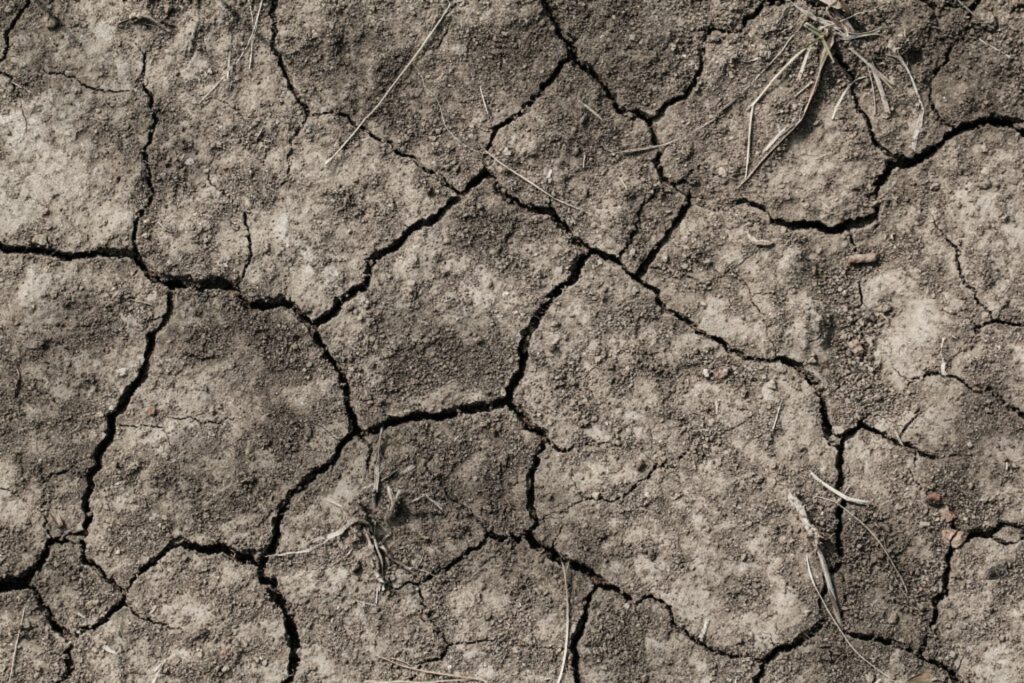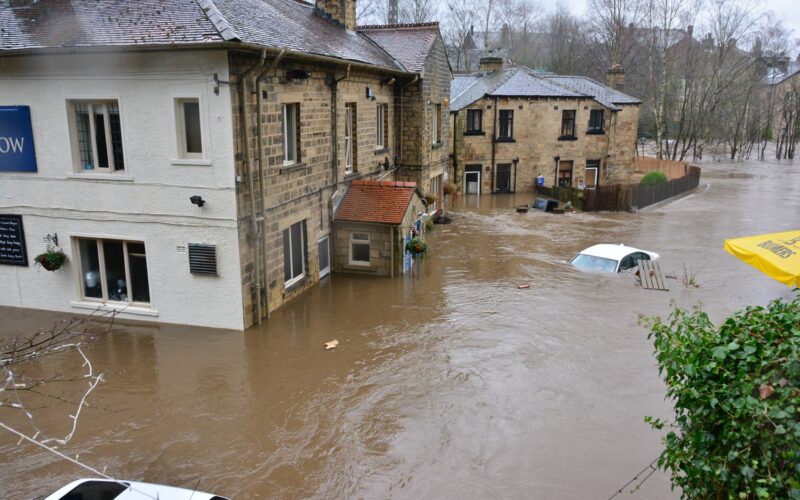UN’s World Meteorological Organization warns of serious global climate change impact on the water cycle. Over 50% of water catchment areas deviate from normal, causing drought in some and floods in others, posing ecological threats.
Taipei, Taiwan (Business Northeast) – The World Meteorological Organization (WMO) issued a serious warning emphasizing the consequences of global climate change on the global water cycle balance. Some regions are experiencing drought due to excessive dryness, high temperatures, and insufficient rainfall, while others face floods resulting from heavy rains. This environmental imbalance has precipitated an ecological crisis.
This report is the second water status report produced by WMO tracking global rivers, groundwater, and reservoirs. The report last year found abnormalities in more than half of the world’s catchments and reservoirs, mostly due to low water levels. The 2022 State of Global Water Resources report points out that due to the impact of extreme climate and human activities, extreme droughts or floods occur around the world, and the world’s water cycle will become increasingly unstable, posing a long-term threat.
Petteri Taalas, WMO Secretary-General, said that climate change will mostly change the water cycle. For example, high temperatures will cause surface water to evaporate rapidly, making droughts more severe. Global warming causes the melting of glaciers and increases the moisture in the air, leading to increased rainfall and flooding in some areas, harming the habitats of animals and plants. Too dryness or too much water will affect agricultural farming, put the economy and people’s livelihood in trouble, and turn it into a survival problem.
Climate warming has increased the humidity in the atmosphere by 7%. Currently, about half of the world is experiencing heavy rains and flooding. Floods in Pakistan left eight million people homeless and nearly 2,000 dead. About one-third of regions in the world are suffering from severe drought, and the Yangtze River is one of the major drought areas. The melting of glaciers is intensifying year by year. The amount of glaciers in the Alps has decreased by 10% this year compared with last year, setting a new record. It has also caused sea levels to rise, reducing animal habitats in the Arctic and Antarctic, and worsening flooding problems.

Europe has been reeling from climate disasters since last year, most of them related to water imbalances. Including continuous heat waves, and setting high temperature records in various places. Drought also affects crop harvests, causing food shortages and rising food prices. Major rivers such as the Rhine River are experiencing water shortages, causing some hydropower plants along the river banks to close due to water shortages, and even suspending navigation. WMO estimates that 3.6 billion people around the world will be affected by imbalances in the water cycle and that there will be insufficient water resources for up to one month every year. We have to pay particular attention to Africa, Asia, and the Middle East.
Since there was little data on the current status of the world’s water resources in the past, the World Meteorological Organization called on countries to establish complete hydrological data, record and measure river flows, reservoir flows, soil moisture, and groundwater conditions in detail, and share information at the same time. In particular, upstream and downstream countries in the same catchment area should cooperate closely to jointly monitor water conditions.
To reduce the impact of climate change and global warming on the water cycle, we must continue to pay attention to various environmental protection issues and reduce carbon emissions. Because many natural disasters are related to water resource imbalances, they may cause environmental and ecological damage, ruin people’s livelihood and economy, and even cause casualties to animals, plants, and humans. Therefore, we should accelerate the establishment of disaster prevention and warning systems, predict possible droughts and floods, prepare in advance, and minimize disasters to protect the earth and every living creature on this land.










